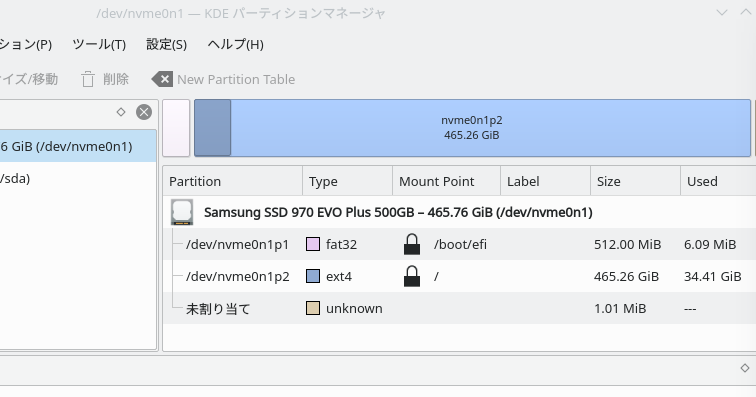

We maintain a certain tolerance in partition sizes, which means that slight variations of a few hundred MB don’t matter: Our goal is to enlarge /dev/sda5 by about 3.7 GiB (4.0 GB) and, as a side effect, to move /dev/sda6 and /dev/sda7 to the right. During the installation, we chose this partitioning:

In this case, the partition table is MBR type, and UEFI is not used. Now if you have a query or feedback then write us in the comments below.Our test configuration is an installation of Linux Mint 20.3 on a 20GB VirtualBox disk. I hope this article is useful to you and you are now able to install and use KDE partition manager on a Ubuntu system. Remove any unused dependencies by using – sudo apt autoremove Conclusion Press y and then enter if it asks for your confirmation. Now for any reason, if you want to remove the KDE partition manager from your Ubuntu system then use the given command in your terminal – sudo apt remove partitionmanager To know more on how to use it for a specific operation on a disk or partition you can follow the KDE partition manager’s official manual. But before doing an operation think twice otherwise you may lose all the data from a partition or disk.

The user interface of the KDE partition manager is self-describing you can easily perform a partition management task.

Here you can select a partition and can perform operations such as creating, deleting, or resizing it. When it opens you will be able to see all the available partitions on the disk. The following image shows the user interface of the KDE partition manager in Ubuntu Linux. This may ask you to enter the user password, enter it and click on Authenticate to proceed. Once the KDE partition manager gets installed successfully on your system, you can open it by searching KDE Partition Manager in the Ubuntu activities dashboard and clicking on the icon that appears as given in the image below. Press y and then enter when it asks for your confirmation. Next, run the given command to install KDE partition manager in Ubuntu – sudo apt install partitionmanager The steps of installing it on a Ubuntu system are given below.īefore you install a package make sure the apt package repository is up to date – sudo apt update The KDE partition manager is available in the official Ubuntu repository so you can install it directly by using the apt command in your terminal. How to install KDE partition manager in Ubuntu


 0 kommentar(er)
0 kommentar(er)
